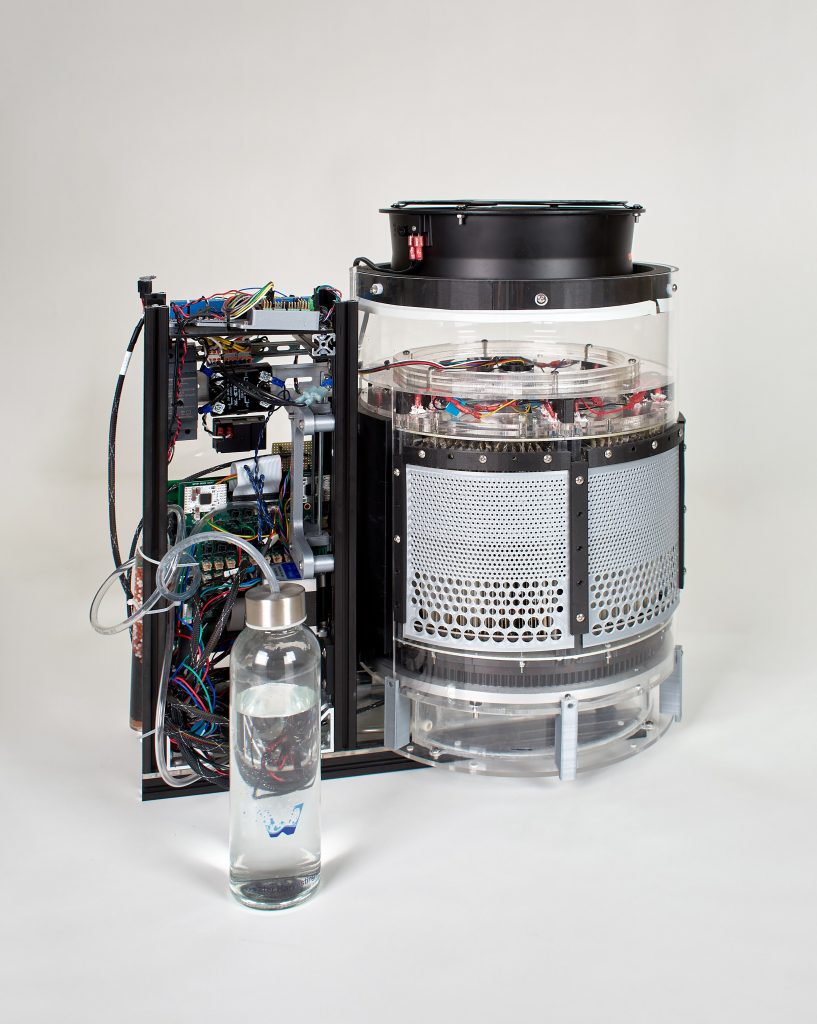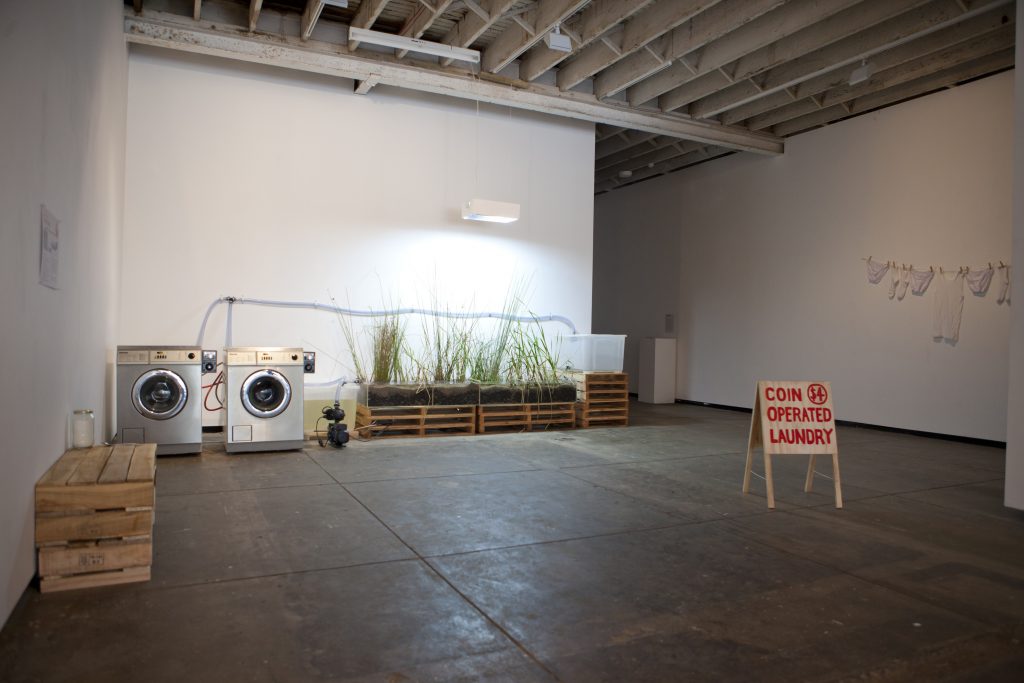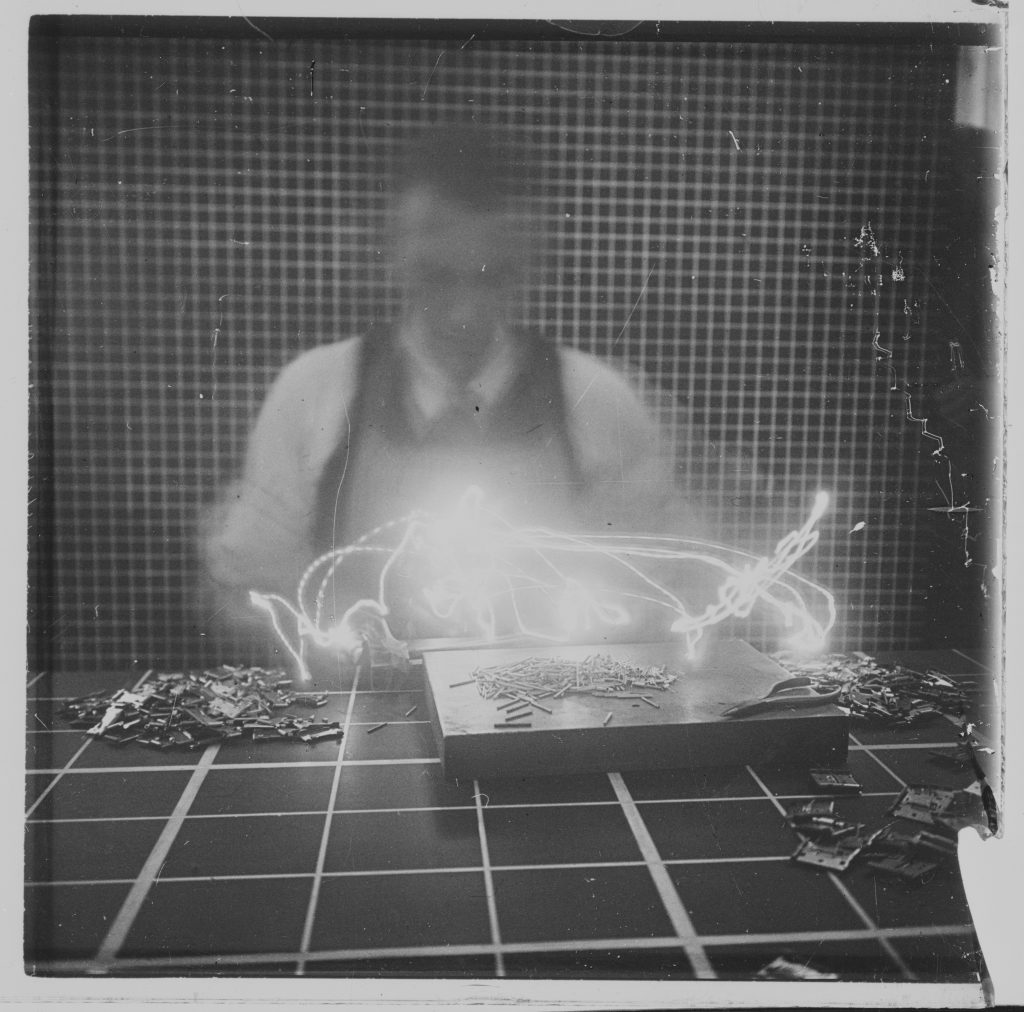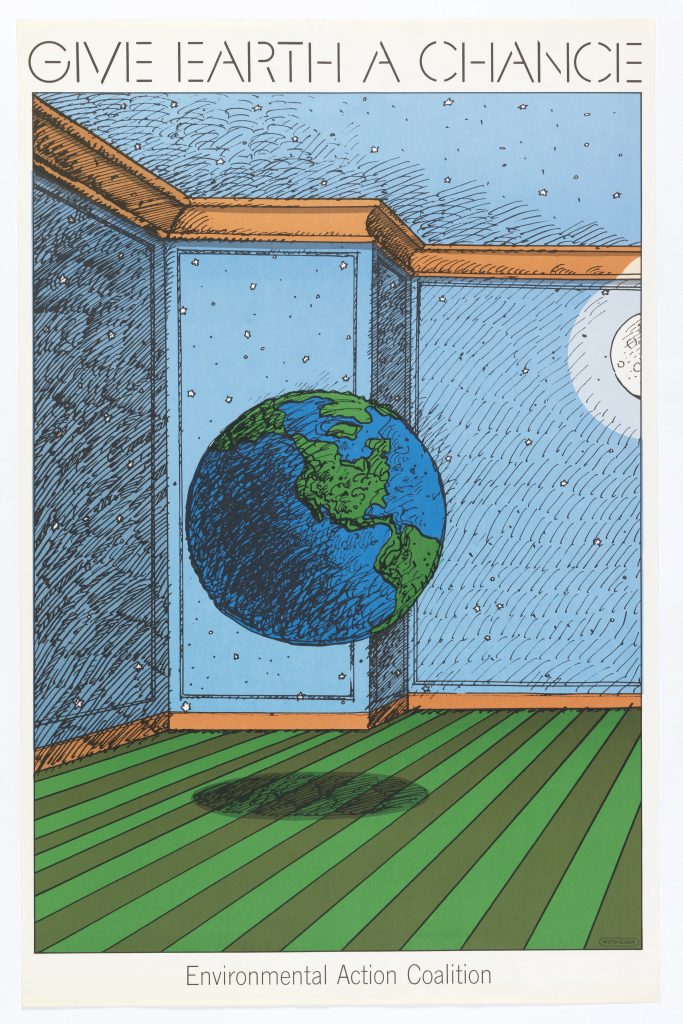Futures that Work
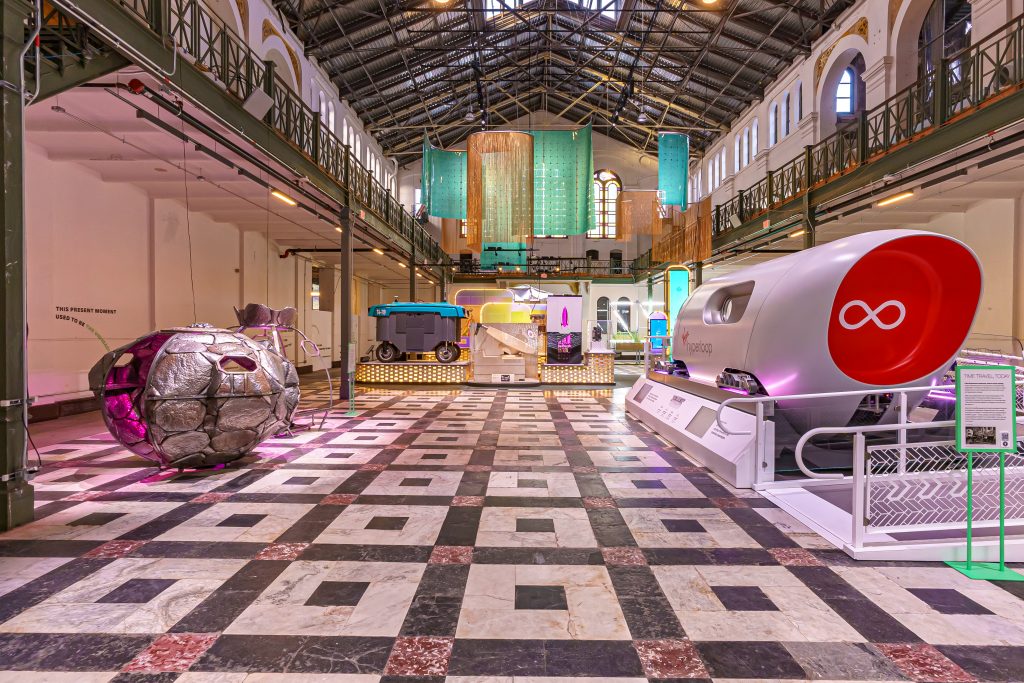
What will our “normal” look like in the years to come? Futures that Work focuses on possible solutions: ways of making a healthier, happier world. Should we slow down? Use our resources more efficiently? Focus on sustainability? Many strategies have vital parts to play in our collective next chapter.
Check these out
New!
Like all precious resources, time is worth saving. The Virgin Hyperloop Pegasus aims to do just that, by transporting cargo and one day people up to 670 miles per hour through an airless vacuum tube. Distances that currently take hours to travel, could require just minutes in the future. Buckle up!
Discover the future of travel
Learn more>
New!
Los Angeles-based artist Beatriz Cortez creates Mayan-inspired “chultunes,” ancient storage containers for precious materials, that she imagines as a speculative space-time capsule to carry ancestral Indigenous American seeds and traditions into the future.
See a Space-time Capsule for Indigenous Futures
Learn more>



